Navigation
This is a range of bags and accessories for the travelling underwater image-makers. Travel is hard on gear, and these products help ensure that the equipment you rely upon will arrive intact and functional.
Sandringham Pier Breakwater
![]() Shore Dive |
Shore Dive | ![]() Shore access
Shore access
![]()
![]()
![]()
![]()
![]()
Depth: 0 m (0 ft) to 6 m (20 ft)
Level: Open Water and beyond.
The Sandringham Pier is a good spot for a shallow day or night dive. The pier itself is the best entry point for all divers.
See WillyWeather (Sandringham) as a guide for the tide times and the height of the tide.
Just around the end of the rocky breakwater itself lies the hulk of the cable layer Francis Henty in 3 to 5 metres of water.
At Sandringham Pier you'll also find the wreck of the HMAS J7 J-class submarine that was scuttled at Sandringham in August 1930 to form a breakwater. Because she swung around and sunk in the wrong direction, she eventually became incorporated into subsequent moorings.
Spearfishing is illegal within 30 metres of any pier or jetty and in Marine National Parks. See Spearfishing Laws.
Traditional Owners — This dive site is in the traditional Country of the Boon Wurrung / Bunurong people of the Kulin Nation. This truly ancient Country includes parts of Port Phillip, from the Werribee River in the north-west, down to Wilson's Promontory in the south-east, including the Mornington Peninsula, French Island and Phillip Island, plus Western Port. We wish to acknowledge the Boon Wurrung as Traditional Owners. We pay respect to their Ancestors and their Elders, past, present and emerging. We acknowledge Bunjil the Creator Spirit of this beautiful land, who travels as an eagle, and Waarn, who protects the waterways and travels as a crow, and thank them for continuing to watch over this Country today and beyond.
Sandringham Pier Breakwater Location Map
Latitude: 37° 56.682′ S (37.944705° S / 37° 56′ 40.94″ S)
Longitude: 144° 59.669′ E (144.99449° E / 144° 59′ 40.16″ E)
Datum: WGS84 |
Google Map
| Get directions
Added: 2012-07-22 09:00:00 GMT, Last updated: 2022-03-22 15:01:39 GMT
Source: Google Earth
Nearest Neighbour: J7 Submarine, 155 m, bearing 5°, N
Sandringham, Bayside, Port Phillip.
Depth: 0 to 6 m.
[ Top ]
DISCLAIMER: No claim is made by The Scuba Doctor as to the accuracy of the dive site coordinates listed here. Should anyone decide to use these GPS marks to locate and dive on a site, they do so entirely at their own risk. Always verify against other sources.
The marks come from numerous sources including commercial operators, independent dive clubs, reference works, and active divers. Some are known to be accurate, while others may not be. Some GPS marks may even have come from maps using the AGD66 datum, and thus may need be converted to the WGS84 datum. To distinguish between the possible accuracy of the dive site marks, we've tried to give each mark a source of GPS, Google Earth, or unknown.
Copyright © 2005-2022 by The Scuba Doctor Australia, ABN 88 116 755 170. All rights reserved.
tel. +61 3 5985 1700 :: email. diveshop@scubadoctor.com.au :: Web site by it'sTechnical 2022

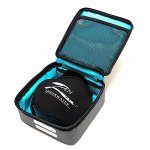


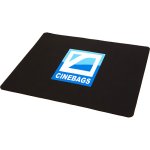

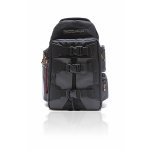
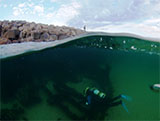







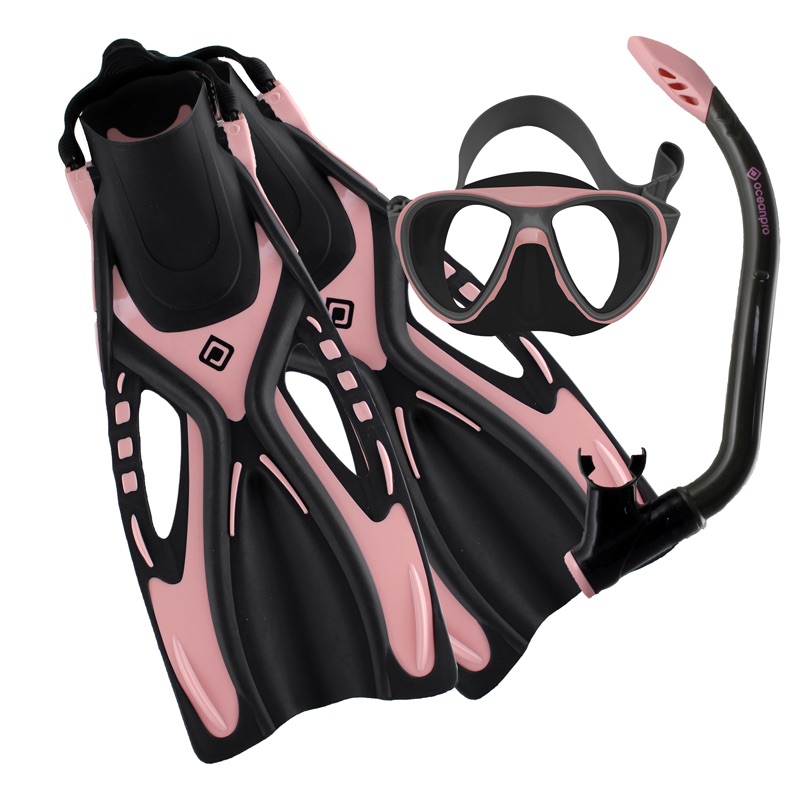


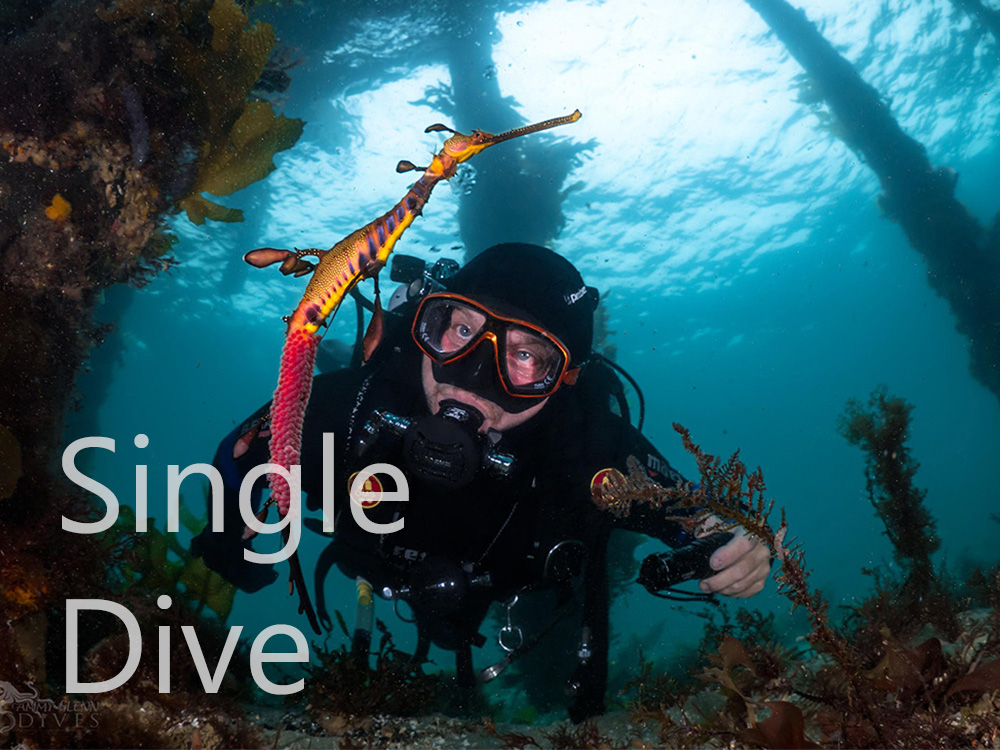






![Halcyon Infinity 30lb System [SS Small Backplate] Halcyon Infinity 30lb System [SS Small Backplate]](/diveshop/images/halcyon/Halcyon-Evolve-Wing.jpg)















































































































